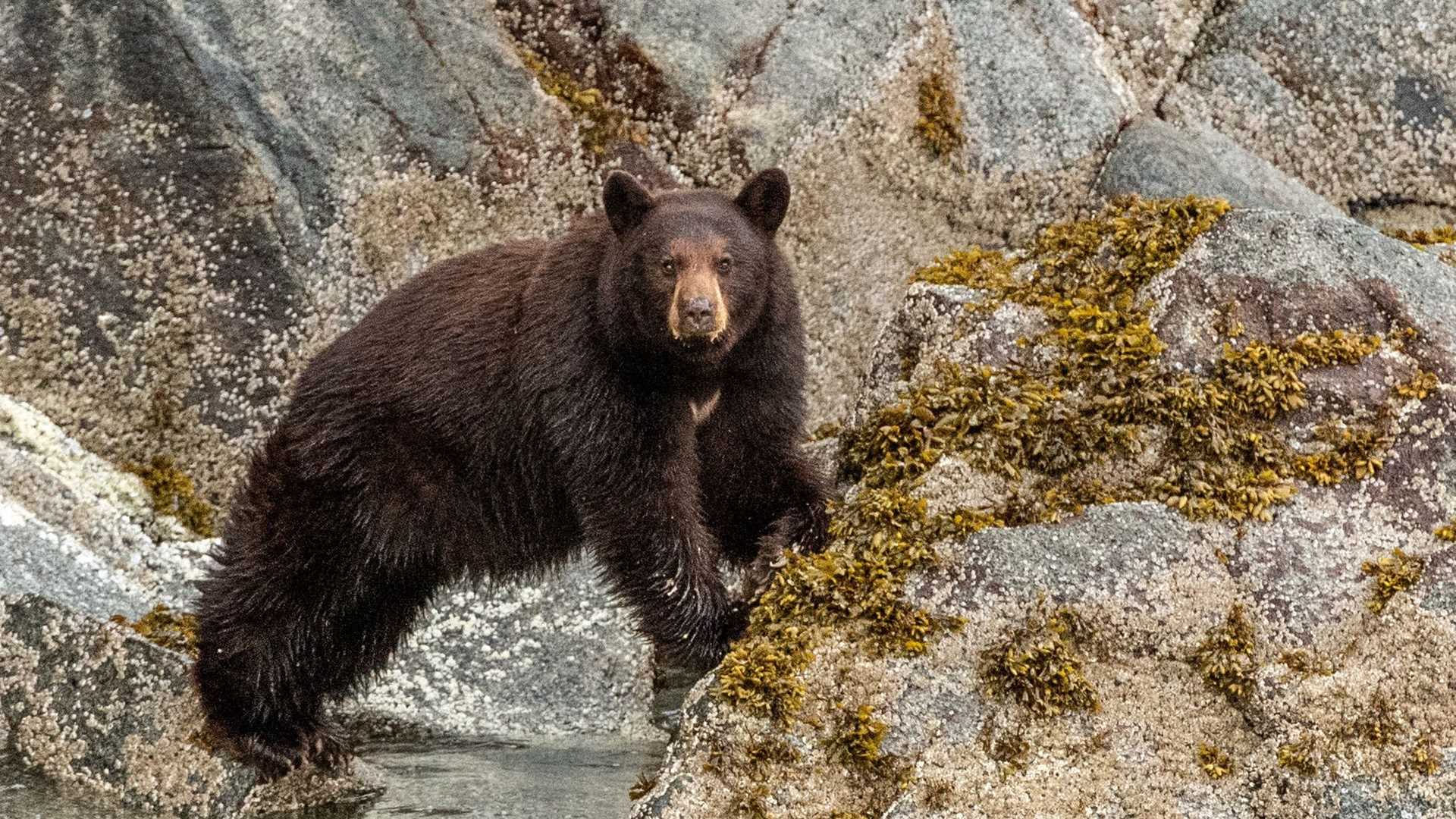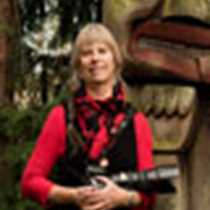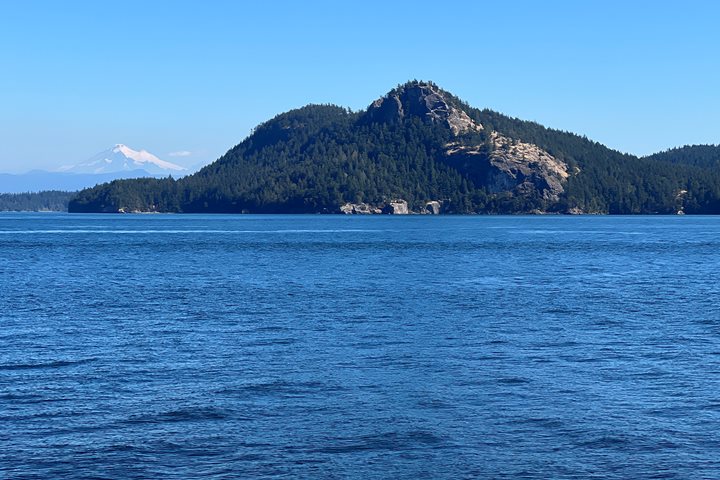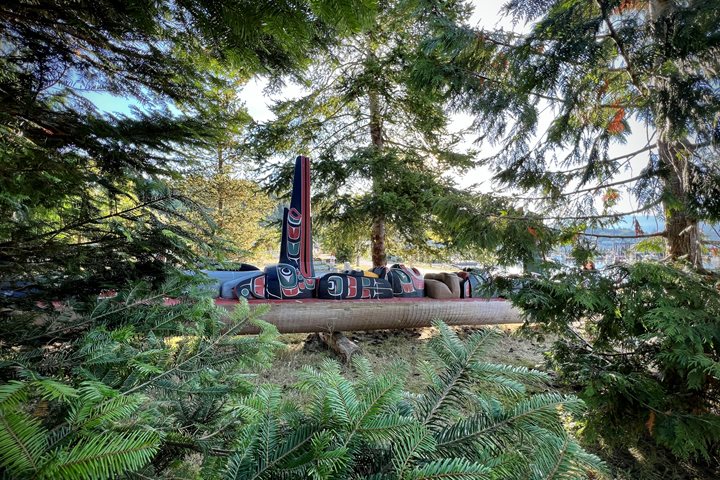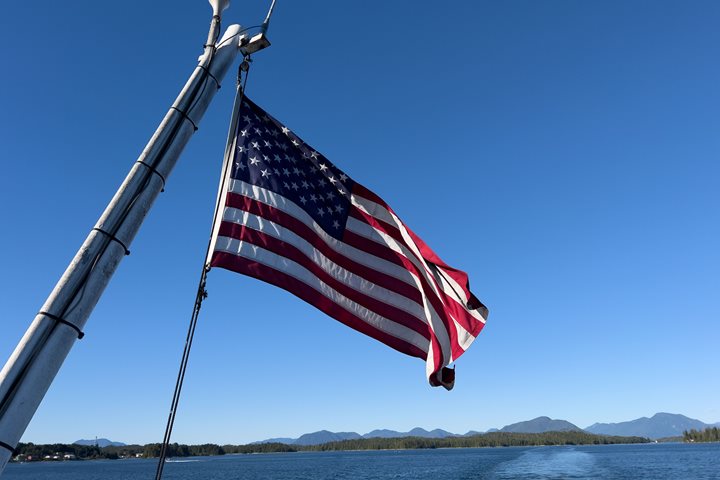At 6:00am this morning, National Geographic Sea Lion crossed the bar outside of Tracy Arm-Fords Terror Wilderness Area. Over 650,000 acres of land covering a large area that includes portions of the Stikine Ice Field, Sawyer, South Sawyer Glacier, and surrounding mountains.
Unable to get the ship closes to South Sawyer Glacier because of ice conditions, we opted to tour the ice on Zodiacs. Record calving had been reported and in a very short amount of time we were carefully maneuvering among many different sizes and colors of ice, all floating slowing down the fjord heading for the open waters of Stephens Passage. Once all Zodiacs were in the water, we slowly picked our way along the sides of the fjord and around large and small pieces of ice.
The walls of the fjord were thousands of feet in height and sparsely decorated with the beginnings of plant communities all trying for a foothold in a very difficult environment. Plants are an amazing group of living matter. They often change their growth pattern to survive and flourish. For example, a tree that might grow tall in a coastal temperate rainforest 20 miles way grows here as a crawling dwarfed shrub hugging rock walls, nearer to the face of the glacier. We were traveling in a reverse botany time tunnel going back to the beginning – when plants first colonized this Northwest Coastal region of North America after the great retreat of a massive ice sheet that moved towards the Arctic.
After an hour and a half, all Zodiacs returned. As lunch was being served, our ship began its slow run back down the fjord heading for the entrance of Tracy Arm and Holkham Bay and our afternoon destination of Williams Cove. The light was gorgeous as we made our way ashore for a lovely wander in the forest along a brown bear trail. It is early, early spring in Alaska and every turn brought us close to the ground, watching the first plants as they uncurled and began reaching for the increasing light as the sun continued to move north, drenching the northern part of the planet in spring sunshine.
From the deep fjord of Tracy Arm to the mouth leading out into Stephens Passage, we spent our day following changing tides and the sun as it slowly moved towards sunset. Cruising through Stephens Passage, we encountered several small groups of humpback whales and took time to stop and observe. Tomorrow’s destination of Glacier Bay was some distance away. So as dinner was being served, we began heading for the entrance of Glacier Bay National Park and the most northern part of our trip.

